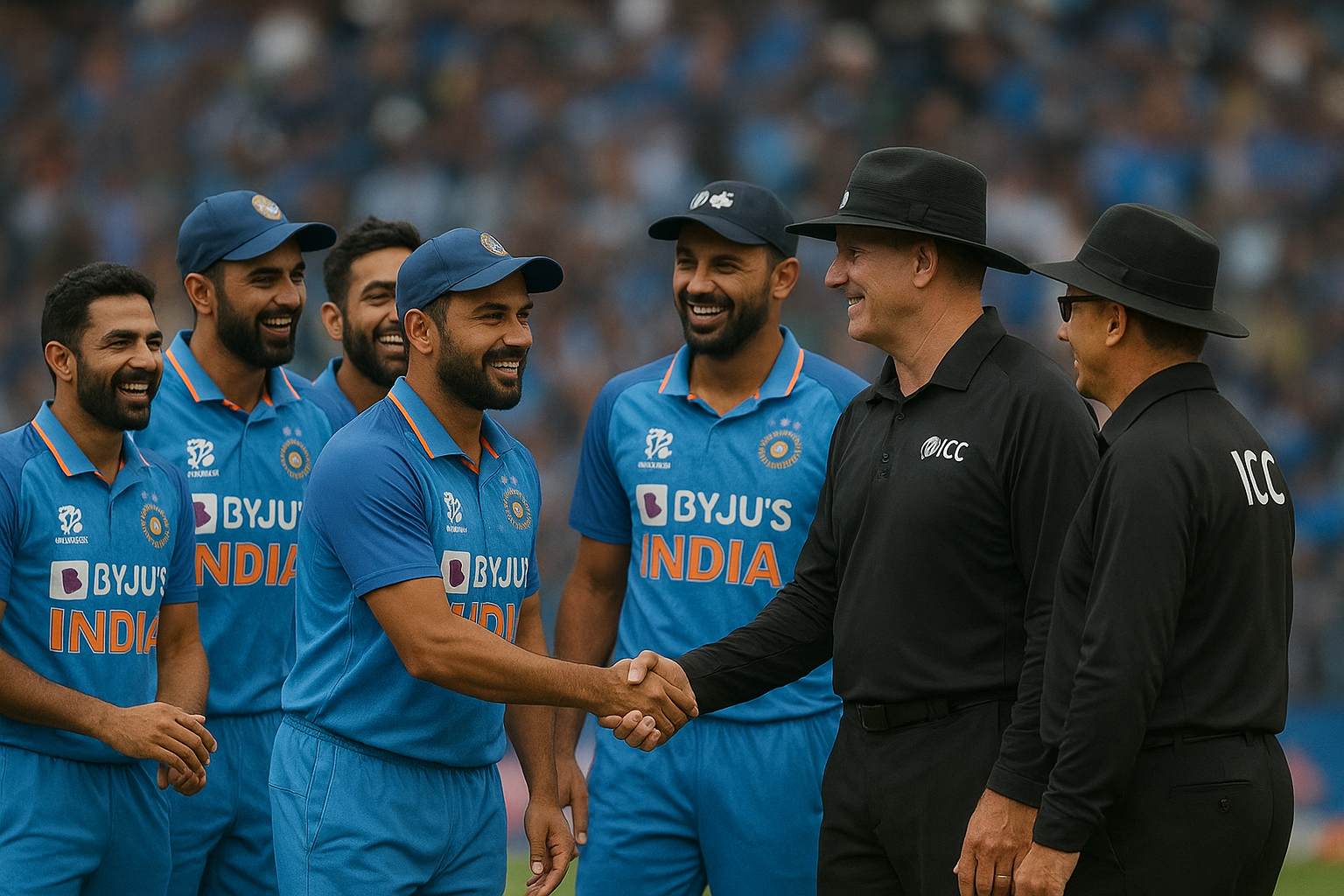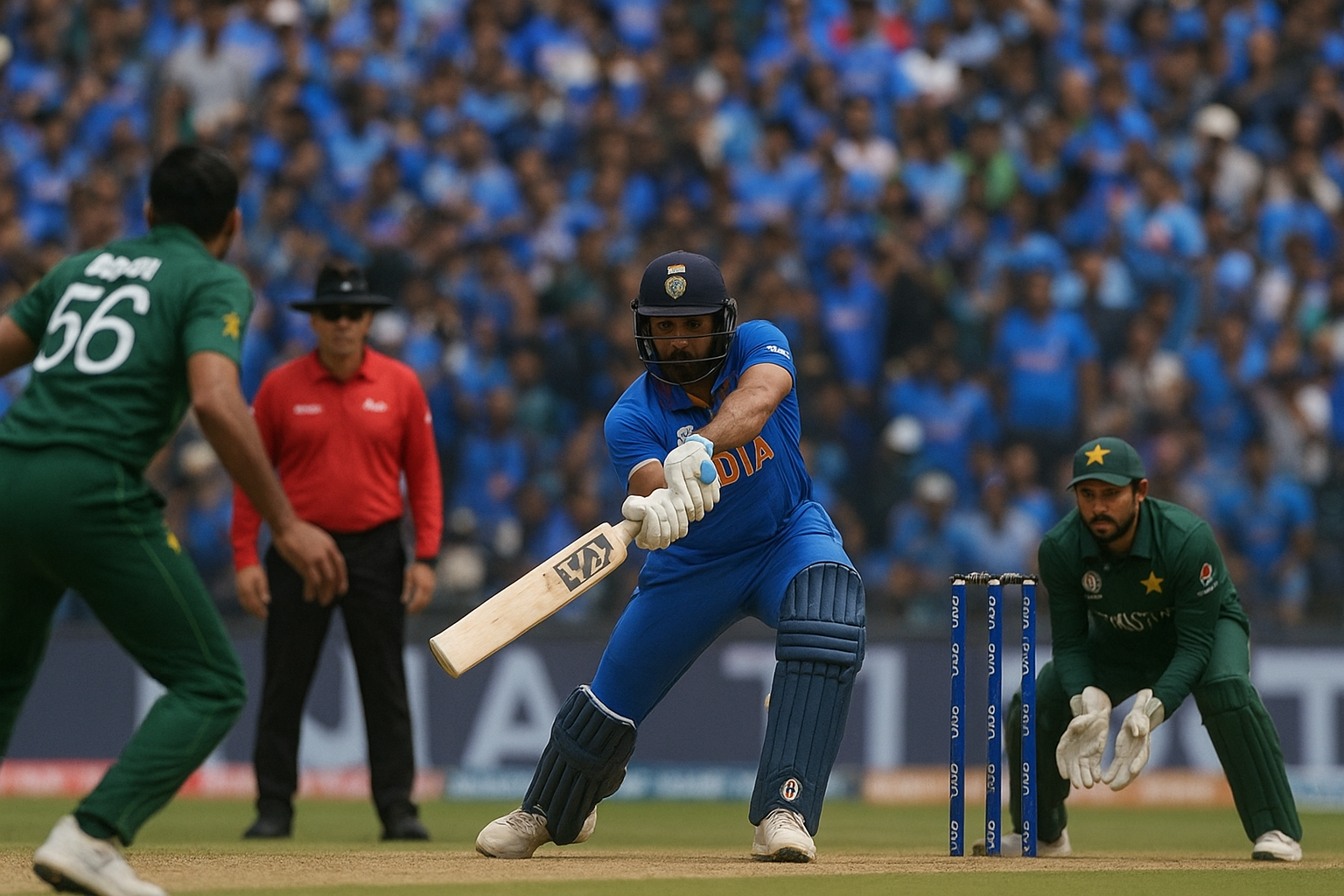A Statement Gesture After India’s Win
After India’s commanding Super Four victory over Pakistan in the Asia Cup 2025, head coach Gautam Gambhir made waves not for the batting or bowling, but for what he asked his players to do. Following years of handshake snubs, Gambhir insisted the team at least greet match officials in a bid to restore decorum.
Handshake Protocols Under Strain
Tensions between India and Pakistan have spilled over into cricket, with moments of sporting etiquette becoming symbolic. In earlier matches of the tournament, India players and captains declined customary handshakes with Pakistan both at the toss and after their group stage win citing solidarity with victims of terror attacks and recent military operations.
What Gambhir Did
Here’s what transpired in those key moments:
- After India beat Pakistan by six wickets, Gambhir was seen calling players out of the dressing room to approach the boundary line. His instruction was clear: “Arey umpire se to mil loo!” (At least meet the umpire!)
- The players obeyed shaking hands only with umpires and match officials, bypassing Pakistan’s players entirely.
- The match was dominated by Abhishek Sharma (74 off 39) and Shubman Gill (47 off 28), whose explosive opening gave India a strong foundation. India chased down a target of 172 with ease.
What This Says About Sportsmanship
Observers say Gambhir’s decision walks a tightrope between sporting etiquette and political statement. Many believe it’s a message: respect for the game’s officials remains nonnegotiable even when player-to-player courtesies are suspended. Others see it as a way to maintain discipline and professionalism amidst rising tensions.
Beyond Just a Gesture
- Preserves some decorum: Even amidst conflict, the handshake with umpires serves as a reminder that there are norms in cricket worth upholding.
- Reflects larger tensions: The avoidance of handshakes with Pakistan isn’t just about sport—it mirrors political and social strains between the nations.
- Image & expectation: The public and global audiences watch these gestures; cricketing bodies and teams may face pressure about what they stand for.
- Mental balance for players: Gambhir’s message can be seen as helping players navigate emotional burdens winning a match is one thing; doing so with standards intact is another.
Where Things Could Go From Here
- Watch if this handshake-with-officials but not peers protocol becomes a norm in future India-Pakistan matches.
- Media and public reaction may push for clarity: when and why such selective handshakes happen.
- Cricket boards (BCCI, PCB) and the ICC might issue guidelines or reminders about conduct and post-match etiquette.
- Players themselves may begin to vocalize their stance whether to stick with or reject such gestures in the future based on public expectations.
Conclusion: Gesture That Speaks Volumes
Gautam Gambhir’s instruction to shake hands with the umpires, while avoiding players from Pakistan, isn’t just about post-match ritual. It encapsulates the complicated mix of politics, respect, and discipline in sport today. In a match where India’s performance didn’t need explanation, the handshake or its modified protocol became its own statement.



